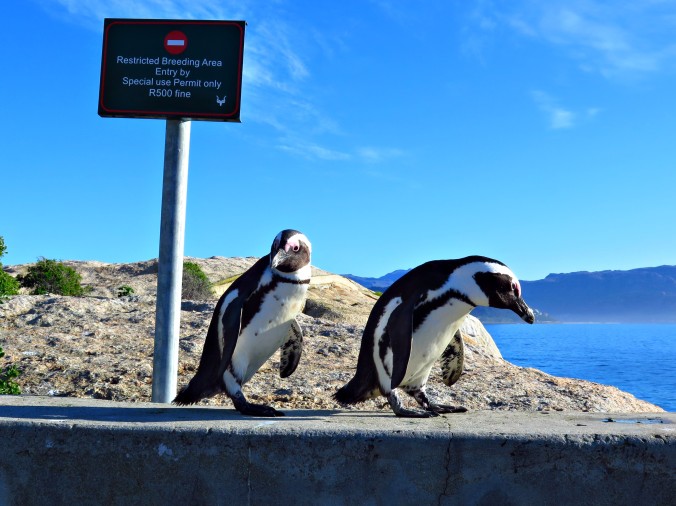I feel like I only just arrived in South Africa to look for endangered seahorses, but instead I am flying to Johannesburg where I will catch a connecting flight to Perth. This trip was no different than other fieldwork trips in that regard: what looks like a long time of sampling at the planning stage just flies by before you know it.
Louw and me have been busy since the last mini-blog. Most importantly, we successfully finished sampling! The last locations were less explored areas than the first ones, which is very exciting. Even if we do not find seahorses in these spots, they give inspiration to come back for new research projects.

Cormorant in Jongensfontein
After wrapping up the sampling we visited Stellenbosch University. The university is the home to the von der Heyden Lab, which specialises on genetic research for conservation and biodiversity planning. They also have an eDNA project which investigates fish diversity in South Africa. During our visit I gave a talk about my own research to the marine students in the university. It was great to share my love for strange critters, especially since the students had some very relevant questions at the end of the talk. As much as I enjoy talking (or writing) about my research, it’s even more fun to have a conversation about it and getting a fresh look through someone else’s eyes.

South African penguins (Spheniscus demersus) taking a stroll
In the last two days of the trip we relaxed, caught up with friends, and explored Cape Town and False Bay. The highlights were definitely diving in the kelp forests of Simonstown and visiting the nearby African penguin (Spheniscus demersus) colony. While I have dived in cold water before, I never had the pleasure of seeing this particular ecosystem. If you ever have the opportunity, I can highly recommend it!

Kelp diving
If a coral reef dive is like swimming through an underwater flower garden, kelp diving would be the equivalent of walking through a forest. There’s something very special about weaving your way through underwater plants that reach from he bottom all the way to the surface. The sunlight is filtered and the canopy above creates shadows you just do not get in other kinds of diving. On top of that, the bottom is very rich with all kinds of life. There are plenty of invertebrates like sea urchins, featherstars and nudibranchs. The fish life is very different than what I am used to, the small pufadder shysharks (Haploblepharus edwardsii) only live in South Africa area and are the cutest little things. To top it off, two southern right whales passe by close to shore as we were exiting the water. Louw even managed to snorkel out and catch a glimpse of them!
I guess it’s safe to say that this trip has been a successful one. It will be another few months before we will have all the results, but I am very excited to discover in which places we found the elusive Knysna seahorse!

Not a bad spot for a dive…